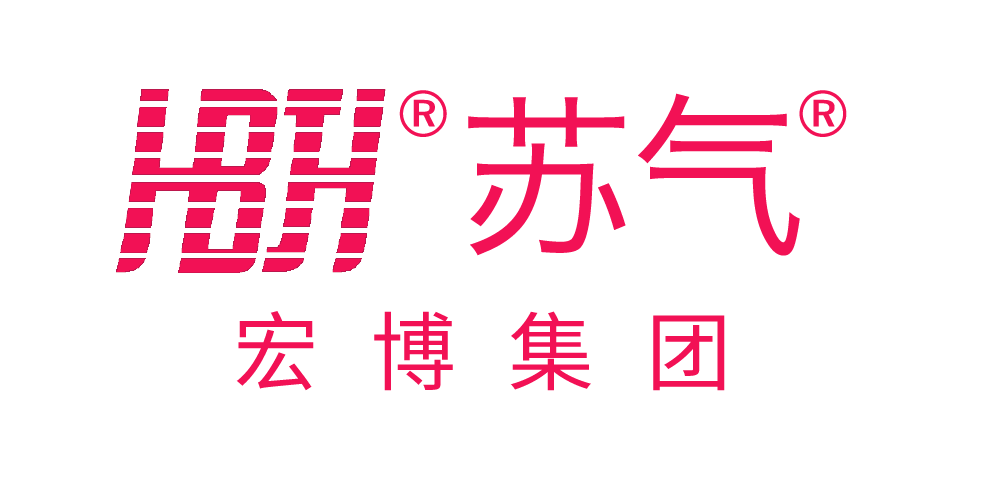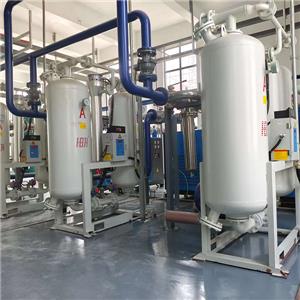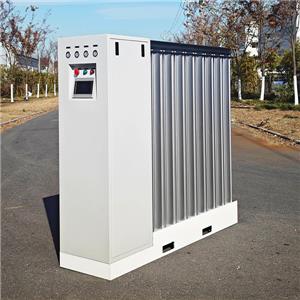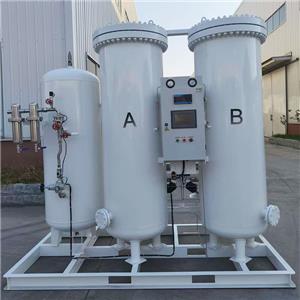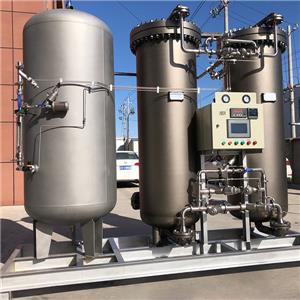Criticality of Air Compressor Preventive Maintenance and Risks Associated with Non-OEM/Substandard Components
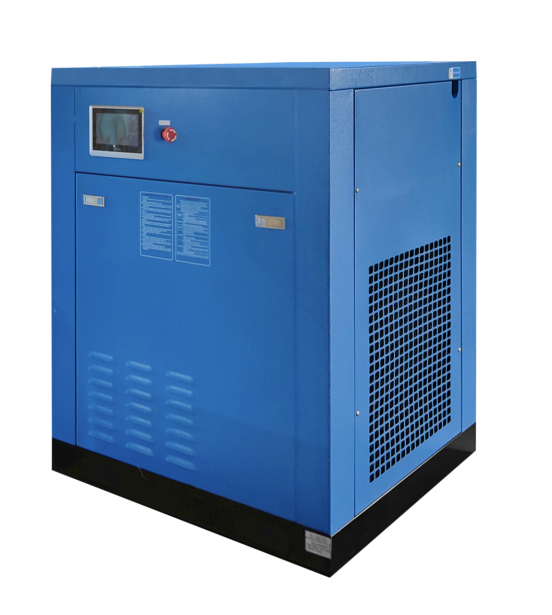
After being compressed by the air compressor, the air undergoes dust removal, oil removal, and drying before entering the air storage tank. It is then supplied to the nitrogen/oxygen generator through other components, providing a clean and reliable gas source. As a critical part of the air separation system, its stable operation is essential for the entire system.
Key Components and Maintenance Requirements
1. Air Filter
- Function: Removes dust and impurities from the air to prevent wear on the screw rotor, clogging of the oil filter, and oil-gas separator.
- Replacement Interval: Typically every 2,000 hours.
2. Oil Filter
- Function: Filters out carbon deposits and metal particles from the oil to prevent scratches on the screw rotor.
- Replacement Interval: Typically every 2,000 hours.
3. Oil-Gas Separator
- Function: Separates the oil-gas mixture in the system.
- Replacement Interval: Typically every 4,000 hours.
4. Lubricating Oil
- Function: Provides cooling, lubrication, and sealing for the compressor.
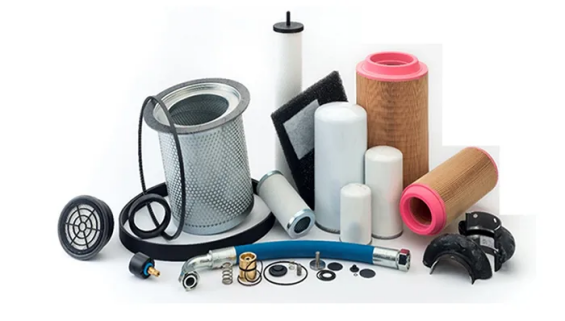
Maintenance vs. Repair
- Maintenance ≠ Repair: Proper preventive maintenance extends equipment lifespan, while corrective maintenance addresses failures.
- Neglecting maintenance may lead to unplanned downtime, higher energy consumption, and premature component failure.
Hazards of Non-OEM Replacement Parts
Due to cost constraints and limited technical capabilities, substitute or counterfeit parts pose significant risks:
1. Air Filter
- Lower filtration efficiency → More dust enters the system, reducing the lifespan of the oil filter, oil-gas separator, and lubricant.
- Smaller filtration area → Reduced air intake, decreasing compressor output.
2. Oil Filter
- Poor filtration → Contaminants enter the rotor bearings, causing wear and reduced efficiency; severe cases may lead to rotor failure.
- Weak housing → Risk of deformation or rupture due to pressure fluctuations.
3. Oil-Gas Separator
- Increased initial pressure drop → Higher energy consumption.
- Lack of electroplating treatment → Corrosion layer formation, degrading lubricant antioxidants and shortening oil life.
- Electrostatic buildup → Risk of fires or explosions.
4. Low-Quality Lubricant
- Poor purity → Clogs oil filters and oil-gas separators, accelerating wear on rotors and bearings.
- Higher oil consumption → Increased energy waste.
Conclusion
To ensure stable and reliable operation of nitrogen/oxygen generators and other air separation equipment, users must:
- Understand the importance of proper maintenance.
- Avoid counterfeit or substandard replacement parts.
- Use only OEM or certified components from authorized suppliers.
- Follow recommended replacement schedules.
By adhering to these practices, the air compression system can provide a consistent and high-quality gas supply, maximizing efficiency and longevity.
